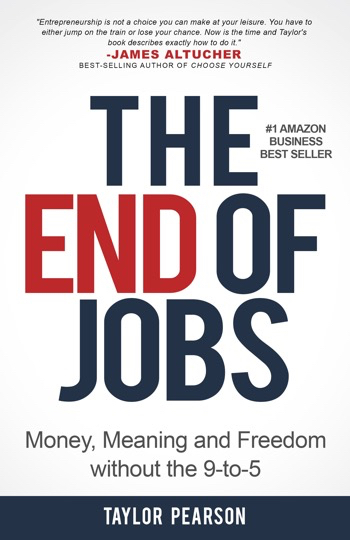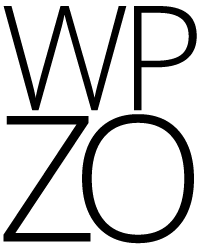 The End of Jobs by Taylor Pearson is a book about the changing expectations of success in the world.
The End of Jobs by Taylor Pearson is a book about the changing expectations of success in the world.
“Globalization means you are no longer competing to be more knowledgeable than the person down the street, but more knowledgeable than seven billion people around the world.”
The End of Jobs attempts to make the claim that entrepreneurial activities are safer and more hospitable than they once were—“Entrepreneur” being used somewhat interchangeably with “chaotic problem solver”. As high technology has become more accessible to the average person, what that person might be theoretically capable of has also grown, and is gradually becoming expected of them.
Think of it like the calculator. There was once a time when anything that required an understanding mathematics also required a lifetime of learning mathematics. Only the most diligent mathematician could do advanced work. When the calculator showed up, all of a sudden basic math wasn’t a barrier to success anymore. Someone could spend all their time designing houses without having to calculate the square footage in their head or on paper. The “calculator”, in a sense, has become much better. It can check our spelling. Predict buying behavior. Send emails. Even check to see if someone is smiling in a photo. Soon it will be building houses, and driving our cars.
To understand what this means in more depth, Pearson explains the The Cynefin Framework, which describes four major categories of demand for skill—the domain of the simple, complicated, complex and chaotic.
For example, In the simple domain, we’re making change for a customer at the register. In the complicated domain, we’re analyzing monthly sales reports. In the complex domain we’re sensing something isn’t right with the sales staff. In the chaotic domain, we’re trying to figure out how get people to buy more stuff online.
Lets say people liked buying canvases painted with red stripes. For a while, there might be a whole school dedicated to teaching people to paint the best red striped canvases. But soon, everyone will have a red-striped canvas and before long, the cost of those red-striped canvases will go down. It’s much easier, and for a while, economically safer, to fill a canvas with something when you know what that something is, and when someone can teach you how to do it. But when you have a blank canvas are told ‘put something good there’, the challenge becomes much harder. You don’t know what to put there, you don’t know what people are going to want to see or what constitutes ‘good’. And most importantly, no one can teach you what to put there.
Our red-striped canvas ham-fistedly illustrates our current conundrum. We have too many people getting educated for jobs with receding demand, and a growing demand for mysterious labor, which no one is yet able to codify. We’ve gotten to the point where almost everyone has their red-striped canvas, and almost everyone knows how to make one. But almost no one knows what to do with a blank canvas, even though they have the most brilliant set of instruments to work with.
The opportunities are becoming complex. High-school graduates have generally grown up with the idea that you go from high-school to college, then from college to graduate school. But the jobs aren’t there like they used to be, because more and more often, jobs aren’t requiring that people simply know how to paint stripes on a canvas, but rather, know how to fill a canvas with something good. The applicant who can use excel is a dime a dozen, the applicant who can use excel in new and creative ways—the applicant who can use excel like an entrepreneur—is still rare.
The End of Jobs was a good thinker, but if falters a bit when attempting to get practical. The core tenets of change the book espouses are diluted with only marginally useful action advice. Were I the editor, I would have suggested he axe the actionable elements of the book, or defer action to other books which are widely available. After all, not Pearson, nor anyone else can really teach someone to operate in this new economy. The marks of the successful are going to be in curiosity, diligence and bravery. People with those traits already will probably latch onto the ideas far more than the action steps, and those who lack those qualities will probably not be able to apply the action steps meaningfully.
This was a good read, and there are a number of people I expect to buy the book for. But I don’t recommend that anyone read it to find out what to do. That’s a question they’ll need to have a hunger to answer all by themselves.

Recent Discussion